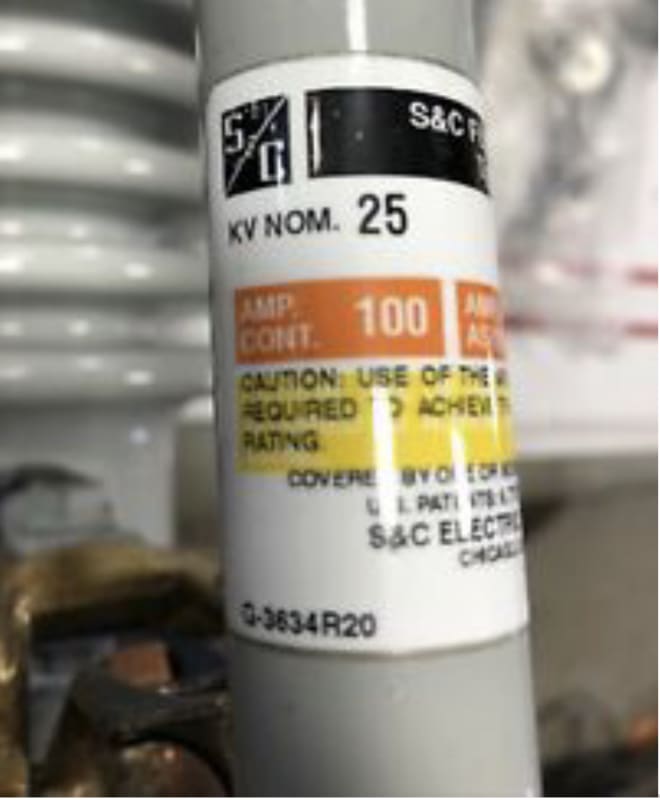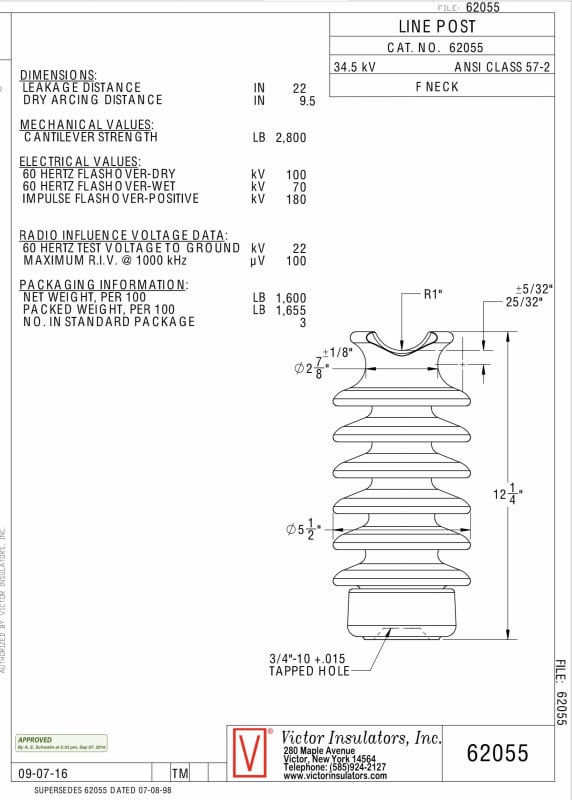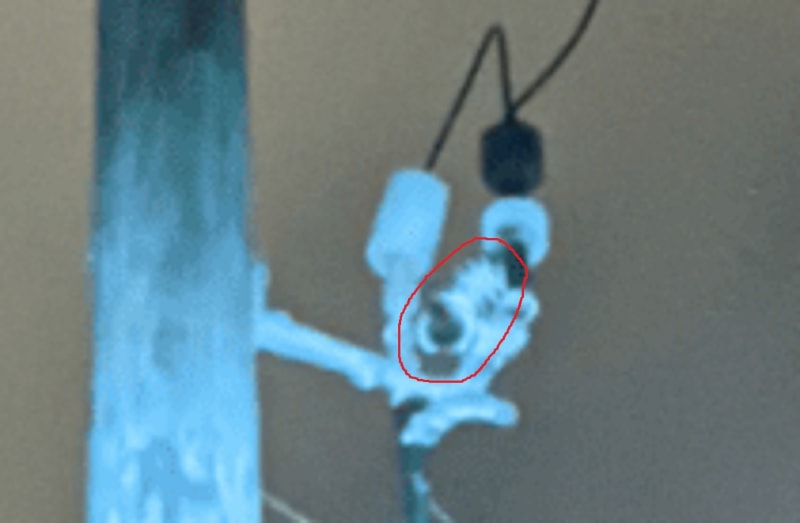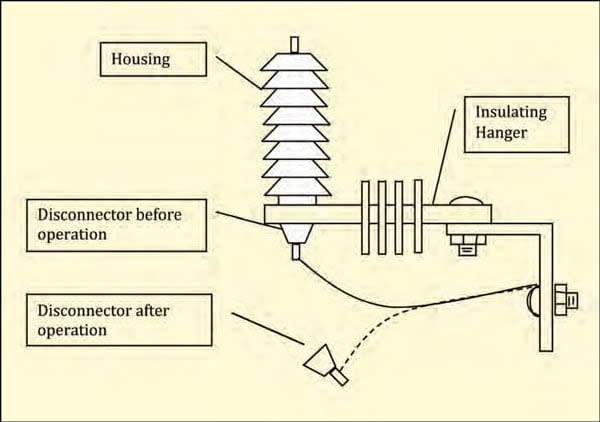OpticControl
Electrical
- Sep 14, 2021
- 19
Question,
Yesterday I was disturbed by a really loud explosion in our back yard and electricity went out.
When I turned to the window I saw sparks falling down our backyard so I immediately new there was a problem on the transmission lines.
I took a picture of what seems to be a fuse disconnect connection on the transmission line.
CenterPoint came and (I believe) replaced the "blown fuse" with a new one and closed the connection. Power came back immediately.
I am interested in knowing the proper terminology for this disconnect and what kind of protective device is it?
If anyone knows please let me know.
Best regards.
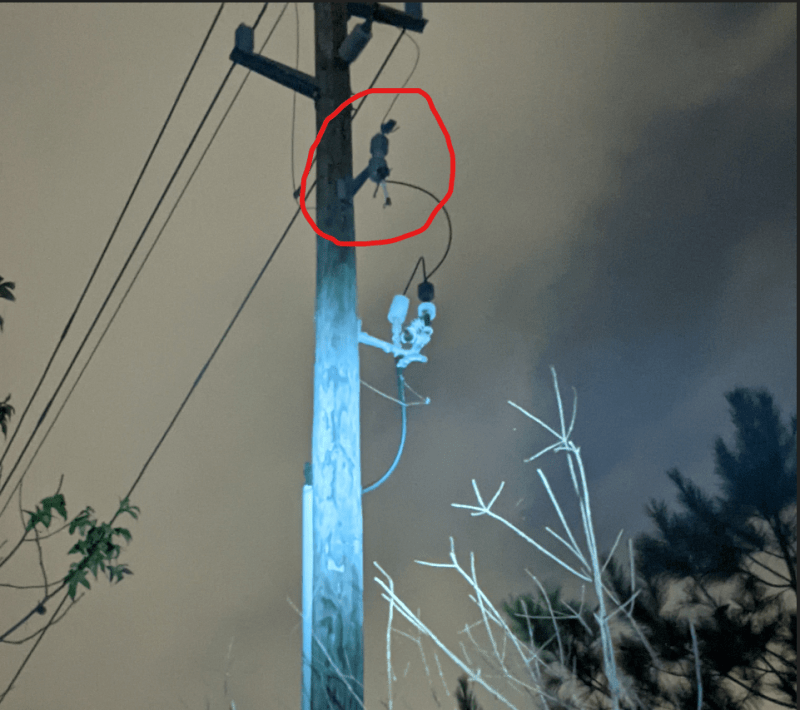
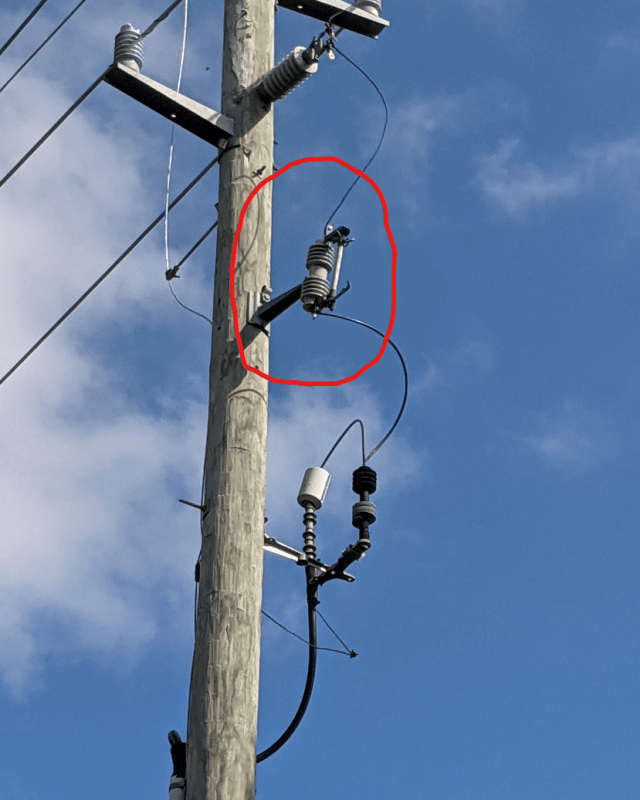
Yesterday I was disturbed by a really loud explosion in our back yard and electricity went out.
When I turned to the window I saw sparks falling down our backyard so I immediately new there was a problem on the transmission lines.
I took a picture of what seems to be a fuse disconnect connection on the transmission line.
CenterPoint came and (I believe) replaced the "blown fuse" with a new one and closed the connection. Power came back immediately.
I am interested in knowing the proper terminology for this disconnect and what kind of protective device is it?
If anyone knows please let me know.
Best regards.



